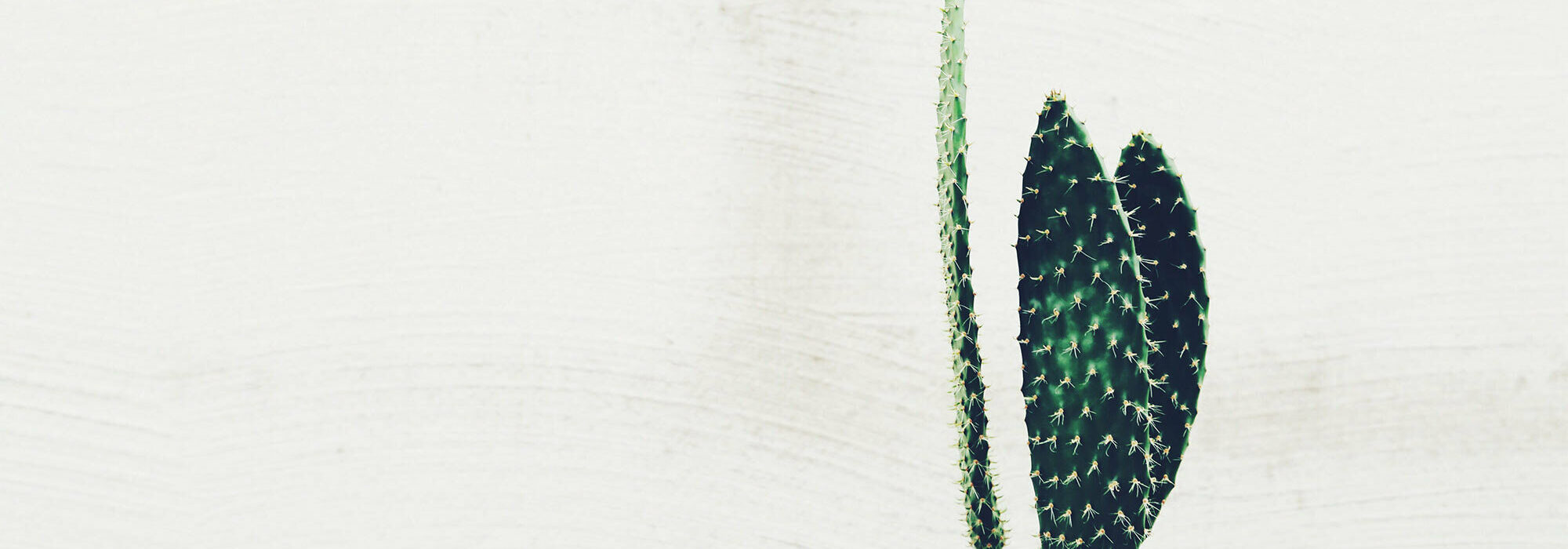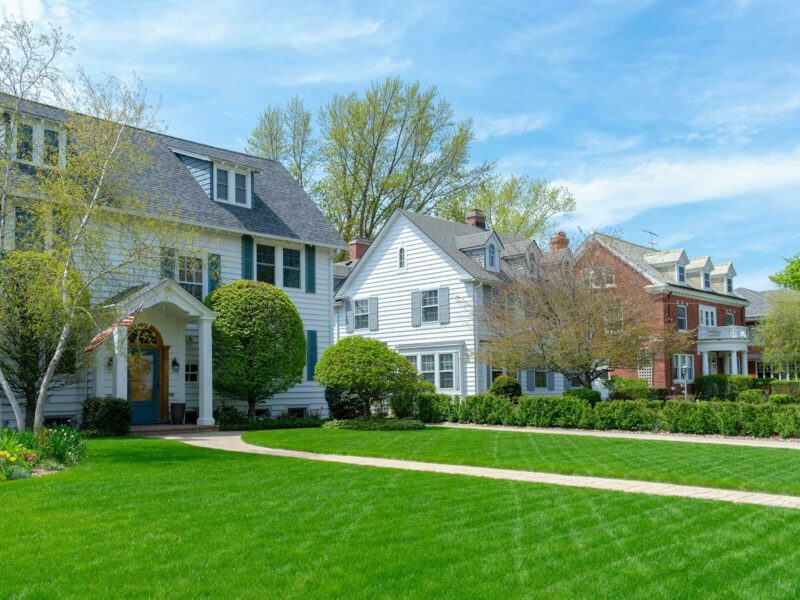Article Excerpt
Minimalism started as an art movement, but now it’s an entire way of life. Learn more about minimalism in design and how it could work in your home.
You may have heard the term “minimalism” in reference to art, music, architecture, design, or any number of other areas of life. Minimalism began as an art movement after World War II, reaching its peak in the 1960s and ‘70s. It has re-emerged as a home design trend in recent years. For some people, minimalism has become a lifestyle movement reflected in how they make their homes.
What exactly is minimalism, though? It is tempting to think of “minimalism” as the opposite of “materialism.” While this may be true for some people, using a minimalist aesthetic in one’s home can, perhaps ironically, make it look more expensive. Read on to learn more about minimalism and how you might be able to use it in your home.
What is minimalism?
The end of World War II created an explosion of new artistic movements all over the world. Minimalism arose in New York City in the 1960s, according to many art historians, as a reaction to one particular post-war artistic style: abstract expressionism. Where abstract expressionism focused on spontaneity and emotion, minimalism favored simplicity.
![Photo by Allie_Caulfield on Flickr [Creative Commons] minimalist painting](/images/articles/_generalPhotoStandard/minimalist-painting.jpg)
Photo by Allie_Caulfield on Flickr [Creative Commons]
One of the most famous abstract expressionist painters was Jackson Pollock, whose works reflect his volatile personality. Minimalist artists went in the opposite direction, seeking to remove themselves from their works entirely. Donald Judd, a minimalist sculptor and painter who reportedly never cared for the term “minimalist,” created works based around geometric forms with clean lines.
![Photo by Oliver Kurmis on Flickr [Creative Commons] minimalist box](/images/articles/_generalPhotoStandard/minimalist-box.jpg)
Photo by Oliver Kurmis on Flickr [Creative Commons]
Elements of minimalism began to appear in architecture and design in the 1980s. Minimalist designers tend to focus on open space and lighting. In practice, this means removing all but the most essential elements needed in a space.
What makes minimalism an attractive way of life?
Minimalism has become a mindset for many people, and perhaps an entire way of life. Its appeal may come from its emphasis on simplicity. Minimalist design often draws on Japanese design traditions like ma, which embraces negative space, and wabi-sabi, which focuses on ideas like impermanence and imperfection.
In a post-pandemic world, minimalism can offer many benefits:
A minimalist home is easier to keep clean, which is great for busy people.
Minimalist design is relaxing, with few elements that could distract or overwhelm.
Minimalism produces less waste by limiting the use of unnecessary items.
How can you achieve a minimalist home environment?
Setting up a minimalist home is not necessarily less expensive than other design styles, because you might still be making some major changes. The good news is that minimalist styles can greatly improve the value of your home. Even non-minimalists tend to find minimalist aesthetics appealing when looking at homes.
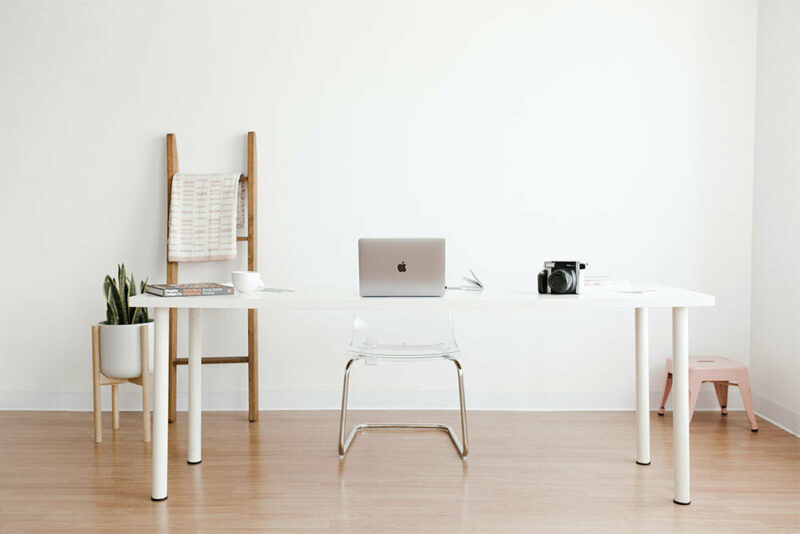
Photo by Andrew Neel from Pexels
Neutral colors
Muted colors are best for creating a minimalist look. Think white with yellow, blue, or beige undertones. That’s just the base, though. You can add color through furniture, pillows, art, or other elements. The key is to keep any one thing from overwhelming everything else.
Fewer is better
Keep accessories to a minimum. The whole point is to reduce clutter. Every item you add to a room becomes part of the design, so choose carefully. You are limiting quantity, so you are free to focus on quality.
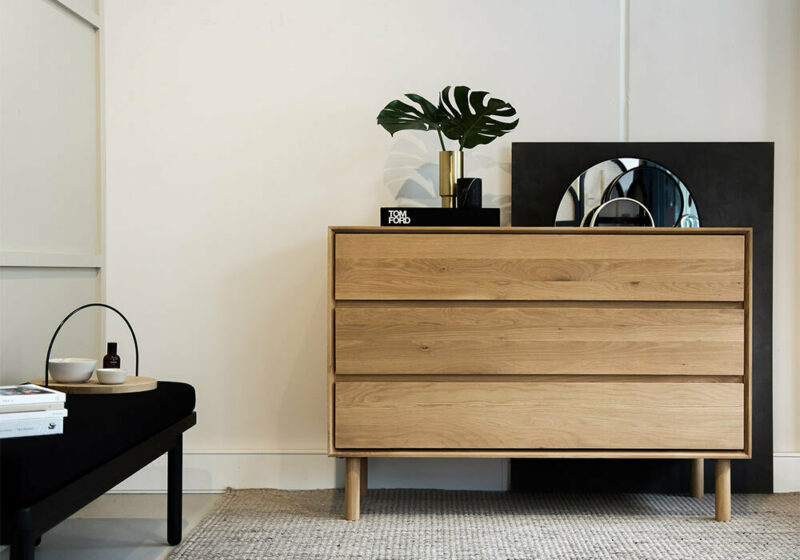
Photo by Nathan Oakley on Unsplash
Form and function
Since everything you place in a room is important, you want items that serve a purpose and contribute to the aesthetic. A coffee table that can double as seating, for example, expands the possible uses of your living room.
One in, one out
The “one in, one out” philosophy states that every time you bring a new item into your home, you should get rid of an old item. This could be as simple as replacing your old coffee maker with a new one, but it is not always that simple.
Store your things in style
In keeping with the “form and function” principle, the way you store your stuff is part of the design. Find something cool to use.
Let the light in
Muted colors can look bland without natural light. Wherever possible, let natural light warm up the space.
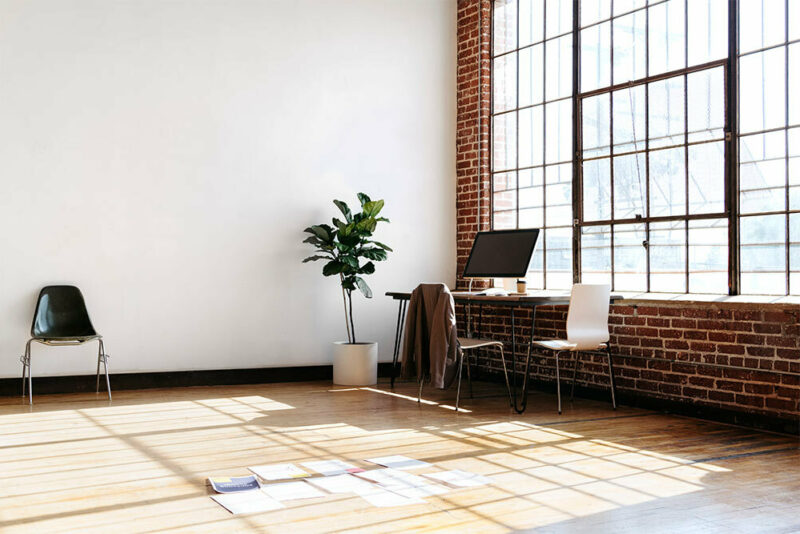
Express yourself as a homeowner!
The Wood Group of Fairway can help you with your home mortgage needs whether you are looking for a new home or making changes to the home where you live now. Get started on your free pre-approval in just ninety seconds.
